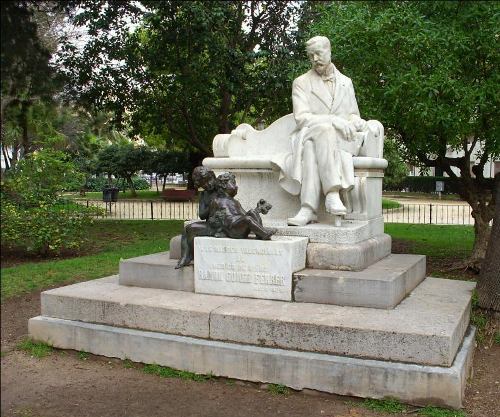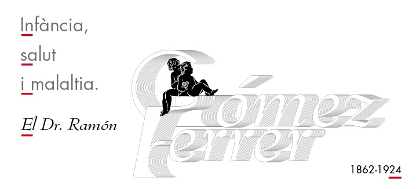
Throughout the 19th century, faced with huge infant mortality rates, the hygienist movement stuck to the need to protect poor and abandoned children –the collateral victims of the industrial revolution– who were dying of starvation, strenuous work and poor hygienic conditions. At the time, physicians considered "childhood diseases" i.e. conditions typical among infants, to take up the biggest share in human pathology. A specific field in knowledge and clinical practice was gradually built, one with two main aspects: paediatrics to treat child diseases and childcare for preventing them via good nutrition and hygienic standards.
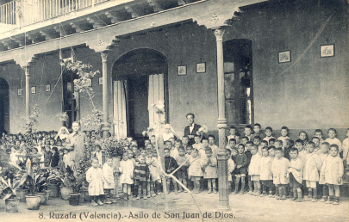
José Huguet’s Archive |
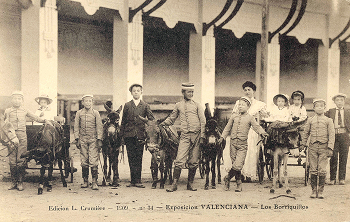
José Huguet’s Archive |
The University of Valencia created a professorship in paediatrics, which at the time was called “Child Disease Professorship”. Dr. Ramón Gómez Ferrer (1862-1924) held it from 1888 to his death. The exhibition Childhood, health and disease. Dr. Ramón Gómez Ferrer (1862-1924) celebrates the 150th anniversary of his birth, the achievements of this medical practitioner and, at the same time, the collective effort made by society for the benefit of children.
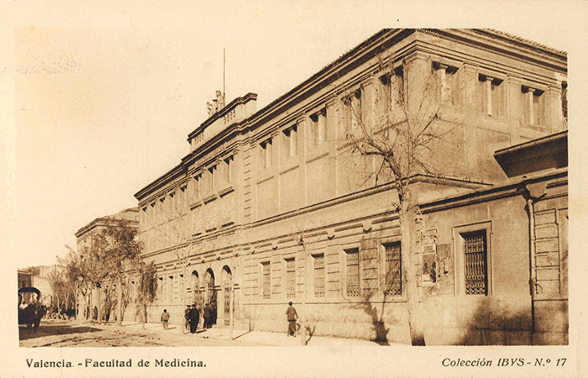
demolished in 1974) José Huguet’s Archive |
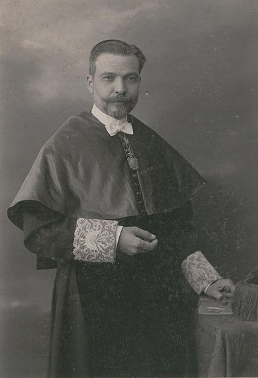
(1862-1924) |
In the multifaceted activities of Dr. Gómez Ferrer, visitors will have the opportunity to see for themselves the efforts made by Valencian society to combat the high mortality of children in the early years of their lives and, ultimately, in favour of children’s health and the initiatives prompted by programme of modernization, Europeanization and regeneration of society in which education and health played a central role. With different sections and panels, the exhibition shows the introduction of paediatrics teaching as a distinctive course in Valencia University, of which Gómez Ferrer was the first professor, his scientific contribution to national and international meetings, particularly to children’s infectious diseases, and his clinical work in both public and private organisations. The creation of juvenile courts has a dedicated exhibition space, showing the physician’s interest in child protection. Though they never came to fruition, some projects of his, like the Institute of Nipiology or the Children's Hospital, are also covered by the show. Finally, the exhibition illustrates how Valencian society publicly acknowledged the Valencian paediatrician by paying him tribute with sculptures and naming a number of avenues and squares after him.
